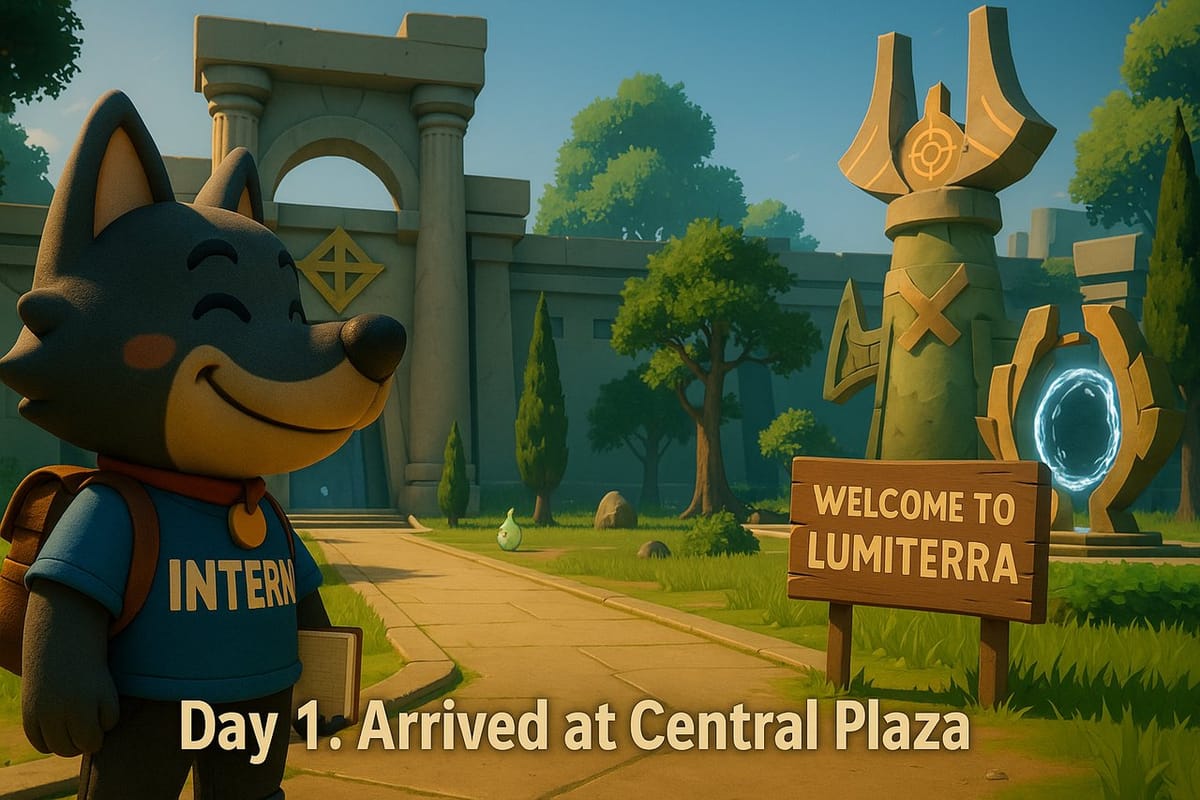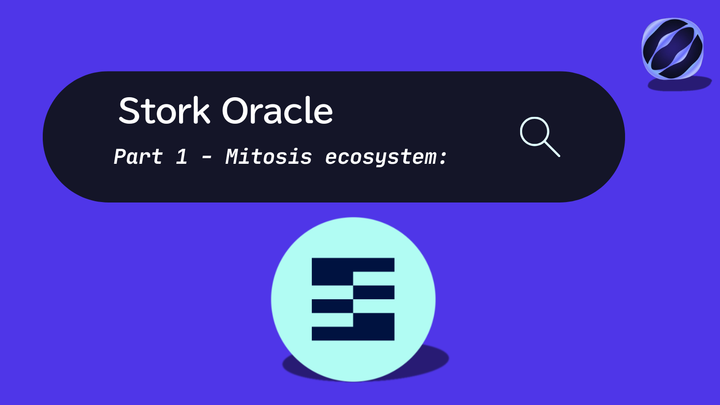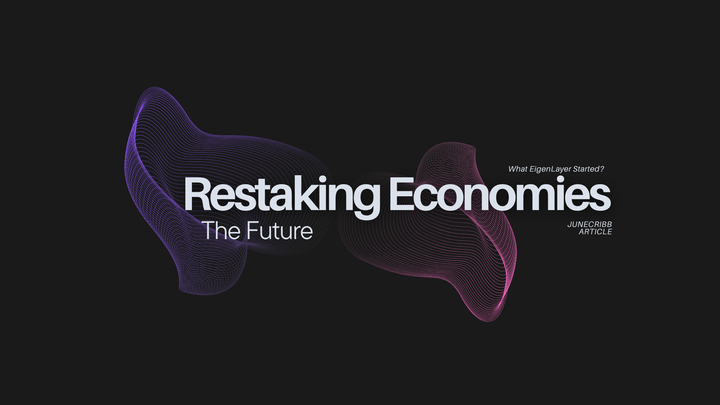Lumiterra: Building a Player-Driven GameFi Economy

Lumiterra is an open-world, strategy-based survival game that merges traditional gaming mechanics with onchain assets and player-driven economies. Designed to maximize ownership, strategy, and social gameplay, Lumiterra is poised to reshape how players interact with GameFi ecosystems.
What is Lumiterra?
Lumiterra is more than just a game, it’s a decentralized, player-owned world. Built on Web3 foundations, Lumiterra allows players to explore, fight, farm, trade, and form alliances in a vast onchain metaverse.
But what sets Lumiterra apart from other Web3 games is interdependence. Players are not forced into identical loops. Instead, they choose specializations Combat, Gathering, Agriculture, and Crafting each of which plays a critical role in the game’s economy. This isn’t play-to-earn. It’s play-to-own, play-to-contribute, and play-to-coordinate.
Core Mechanics & Game Design
🔹 Specialization & Synergy
Players select one of four roles:
- Combat Specialists defend guilds and raid dungeons.
- Gatherers collect raw materials and rare items.
- Agriculture experts tame beasts, grow crops, and automate production.
- Crafters use those inputs to forge gear, tools, and consumables.
This modular approach leads to real economic interdependence you can’t succeed alone. Your role creates value for others, and theirs creates value for you.
🔹 Open-World Survival Gameplay
The game blends strategic survival elements (like resource management and territory control) with social dynamics (alliances, guild raids, and community building). Exploration is key, and the world is filled with dynamically evolving biomes and events.
🔹 Onchain Asset Ownership
Items, equipment, and resources are stored as digital assets. Players own their progress and can trade or monetize in-game achievements freely.
This architecture ensures transparent, permissionless asset control aligned with modular blockchain principles.
GameFi + Modular Ecosystem
Lumiterra aligns with the broader modular blockchain vision. It separates the gaming front end from the asset layer, ensuring:
- Fast, scalable gameplay
- Secure ownership of in-game assets
- Cross-ecosystem composability
In Mitosis terms, this makes Lumiterra a potential consumer of programmable liquidity, ecosystem-owned infrastructure, and interoperable data layers particularly as guild economies grow and trading intensifies across chains.
Why It Matters for Mitosis
- Composability: Lumiterra could plug into Mitosis’ liquidity infrastructure to enable seamless cross-chain trading of in-game assets.
- Ecosystem Participation: The game’s structure supports ecosystem-owned liquidity, letting communities stake into guilds and craft economies.
- User Onboarding: It serves as a fun, user-friendly entry point into onchain economies bridging gamers into DeFi-native primitives without jargon.
Conclusion
Lumiterra isn’t trying to “redefine gaming” with buzzwords. It’s building a sustainable, player-first GameFi world with economic mechanics that actually work. By giving players the tools to specialize, collaborate, and own, it turns a game into an economy and an economy into a movement. As modular infrastructure like Mitosis continues to grow, games like Lumiterra will become increasingly important in shaping user behavior and liquidity flows across chains.
Relevant Glossary Terms



Comments ()